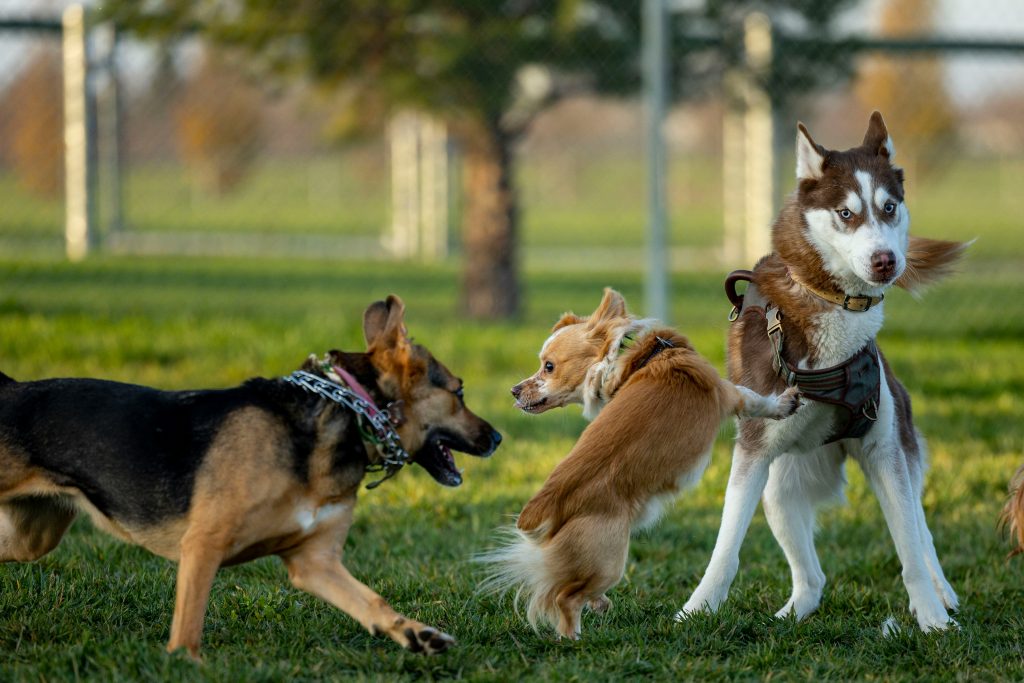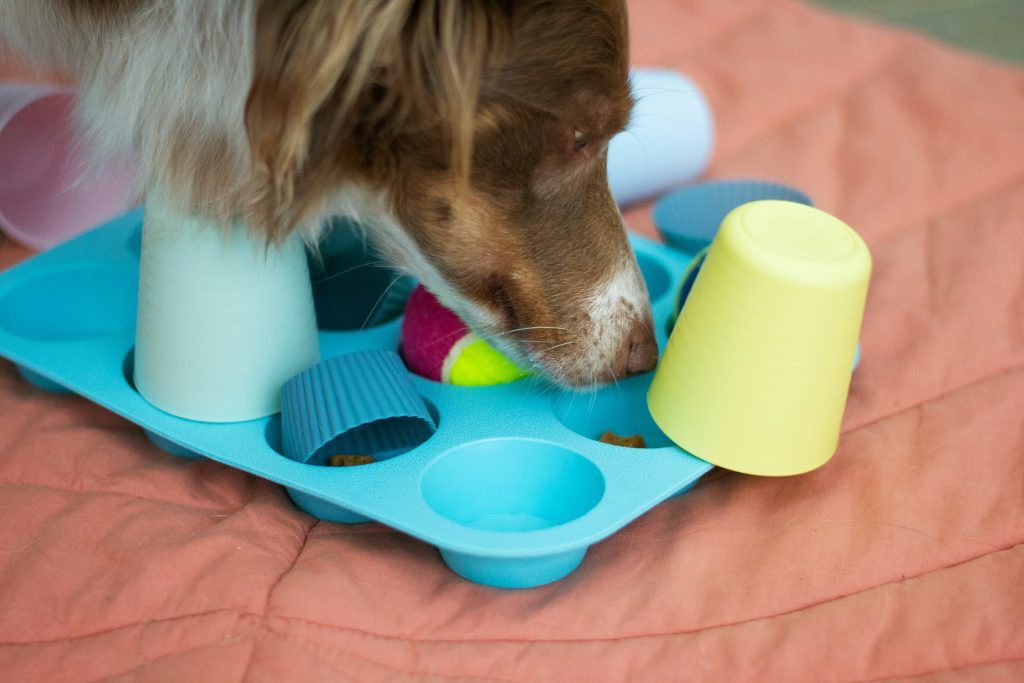Brain Games to Challenge Your Dog
A bored dog is a mischievous dog—or worse, an anxious or depressed one. While long walks and outdoor play are great, dogs also need mental stimulation to stay truly balanced and happy. That’s where brain games come in. These activities challenge your dog’s mind, keep them engaged, and help them burn energy in a positive way.
Whether you have a hyperactive pup or a couch-loving senior, there’s a brain game for every dog. In this blog, we’ll explore several fun and effective ways to work your dog’s brain, all from the comfort of your home.
Why Brain Games Are Essential
Brain games aren’t just about fun—they’re an important part of your dog’s health. Here’s why:
-
Prevent boredom-related behavior like chewing, digging, or barking
-
Provide stimulation during bad weather when walks aren’t an option
-
Help with focus and obedience training
-
Strengthen the bond between you and your dog
-
Support senior dogs by keeping their minds sharp
Mental enrichment tires dogs out just like physical activity—sometimes even more effectively!
Game 1: The Muffin Tin Puzzle
This is an easy DIY brain game you can make with items you already have at home.
What You’ll Need:
-
A muffin tin
-
Tennis balls or similar-sized toys
-
A handful of treats or kibble
How to Play:
Place a treat in each muffin cup. Cover each cup with a tennis ball. Your dog will need to figure out how to move the balls to reach the treats underneath.
Why It Works:
It encourages problem-solving and paw-nose coordination. It’s especially great for beginners.
Game 2: Shell Game (Cup Game)
Dogs love this classic sleight-of-hand challenge.
What You’ll Need:
-
Three plastic cups
-
A treat
How to Play:
Place a treat under one of the cups while your dog watches. Shuffle the cups around and encourage your dog to point out which one hides the treat. Start simple, then increase difficulty as they get the hang of it.
Why It Works:
This game builds memory and focus while encouraging your dog to think critically.
Game 3: Snuffle Mat Fun
Snuffle mats are made with fleece strips that hide kibble or treats. Dogs use their sense of smell to forage, simulating natural hunting behavior.
Buy one online or make your own!
-
Cut up strips of fleece and tie them onto a rubber mat with holes
-
Scatter kibble throughout the mat
Why It Works:
This taps into your dog’s powerful nose and natural instinct to forage. Great for scent hounds or dogs that eat too fast.
Game 4: Hide and Seek
Yes, dogs can play hide and seek—and they love it.
How to Play:
Start by having your dog stay while you go and hide (behind a door, under a blanket, etc.). Call their name and let them find you. You can also hide toys or treats.
Why It Works:
This game reinforces recall, builds problem-solving skills, and makes your dog feel like a hero when they find you.
Game 5: Puzzle Toys
Interactive puzzle toys require your dog to solve a challenge to release a treat. Some popular options include:
-
Nina Ottosson puzzles
-
Kong Wobbler
-
Outward Hound Hide-A-Squirrel
-
Treat-dispensing balls
Why It Works:
Puzzle toys vary in difficulty and can keep your dog entertained for long periods—especially helpful for busy owners or rainy days.
Game 6: Name That Toy
Did you know dogs can learn the names of objects, just like kids?
How to Play:
Start with two favorite toys. Say the name of one, toss it, and encourage your dog to retrieve it. Reward them when they get it right. Add more toys over time and increase the challenge.
Why It Works:
This game builds your dog’s vocabulary and boosts memory and listening skills.
Game 7: The Towel Roll-Up
This is a quick enrichment activity for food-motivated pups.
What You’ll Need:
-
A towel
-
Treats or kibble
How to Play:
Lay the towel flat and sprinkle a few treats along its length. Roll it up, then give it to your dog and let them figure out how to unroll it and get the goodies.
Why It Works:
It engages their nose and paws while encouraging persistence and coordination.
How Often Should You Play?
Aim to include at least one brain game session per day. These don’t have to take long—even 10–15 minutes can have a big impact. Combine them with training or walks to give your dog a fully rounded day of activity.
Final Thoughts
Mental enrichment is one of the best gifts you can give your dog. Brain games are fun, inexpensive, and incredibly beneficial to their health and happiness. Whether you build a DIY puzzle or invest in a few toys, your dog will love the challenge—and you’ll love the positive effects on their behavior and energy levels.


